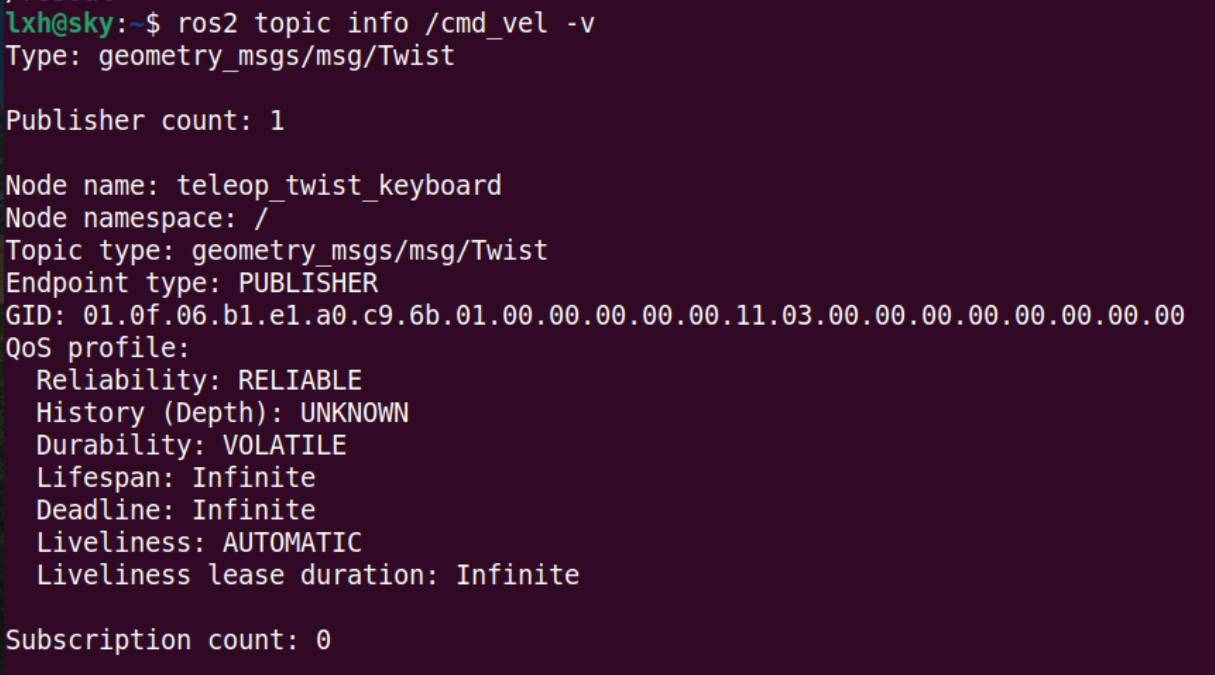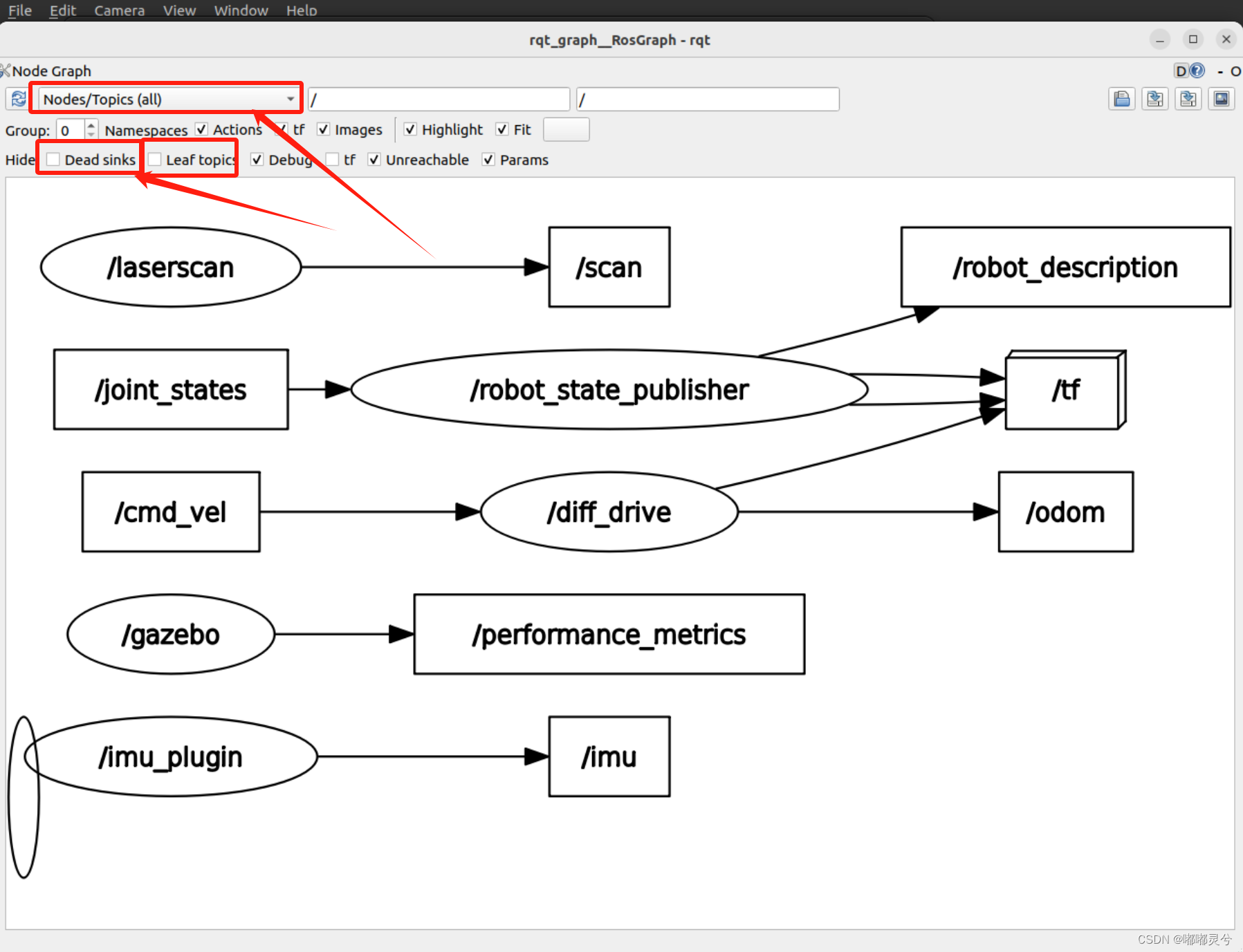要在同一个ROS2节点中包含多个订阅者和发布者的多线程功能,可以使用ROS2提供的多线程库来实现。
具体步骤如下:
1. 创建一个ROS2节点,并在其中创建多个订阅者和发布者。
2. 使用C语言的多线程库,如pthread,创建多个线程。
3. 在每个线程中,分别订阅和发布相应的消息。
4. 在每个线程中,使用ROS2提供的rcl_wait函数来等待消息到达。
5. 在每个线程中,使用ROS2提供的rcl_take函数来获取消息并处理。
6. 在每个线程中,使用ROS2提供的rcl_publish函数来发布消息。
7. 确保在每个线程中使用适当的同步机制,以避免竞争条件和死锁等问题。
8. 在程序结束时,使用ROS2提供的rcl_shutdown函数来关闭节点并释放资源。
以下是一个简单的示例代码,演示了如何在同一个ROS2节点中使用多线程处理多个订阅者和发布者:
```c
#include <stdio.h>
#include <stdlib.h>
#include <pthread.h>
#include "rcl/rcl.h"
#include "std_msgs/msg/int32.h"
rcl_node_t node;
rcl_subscription_t sub1, sub2;
rcl_publisher_t pub1, pub2;
void* thread1(void* arg)
{
rcl_wait_set_t wait_set;
rcl_ret_t ret;
std_msgs__msg__Int32 msg;
rcl_wait_set_init(&wait_set, 2, 0, 0, 0, 0, rcl_get_default_allocator());
while(1)
{
rcl_wait(&wait_set, RCL_MS_TO_NS(10));
if(rcl_wait_set_is_ready(&wait_set, &sub1))
{
ret = rcl_take(&sub1, &msg, NULL, NULL);
if(ret == RCL_RET_OK)
{
printf("Thread 1 received message: %d\n", msg.data);
msg.data *= 2;
rcl_publish(&pub1, &msg, NULL);
}
}
if(rcl_wait_set_is_ready(&wait_set, &sub2))
{
ret = rcl_take(&sub2, &msg, NULL, NULL);
if(ret == RCL_RET_OK)
{
printf("Thread 1 received message: %d\n", msg.data);
msg.data *= 2;
rcl_publish(&pub2, &msg, NULL);
}
}
}
rcl_wait_set_fini(&wait_set);
return NULL;
}
void* thread2(void* arg)
{
rcl_wait_set_t wait_set;
rcl_ret_t ret;
std_msgs__msg__Int32 msg;
rcl_wait_set_init(&wait_set, 2, 0, 0, 0, 0, rcl_get_default_allocator());
while(1)
{
rcl_wait(&wait_set, RCL_MS_TO_NS(10));
if(rcl_wait_set_is_ready(&wait_set, &sub1))
{
ret = rcl_take(&sub1, &msg, NULL, NULL);
if(ret == RCL_RET_OK)
{
printf("Thread 2 received message: %d\n", msg.data);
msg.data *= 3;
rcl_publish(&pub1, &msg, NULL);
}
}
if(rcl_wait_set_is_ready(&wait_set, &sub2))
{
ret = rcl_take(&sub2, &msg, NULL, NULL);
if(ret == RCL_RET_OK)
{
printf("Thread 2 received message: %d\n", msg.data);
msg.data *= 3;
rcl_publish(&pub2, &msg, NULL);
}
}
}
rcl_wait_set_fini(&wait_set);
return NULL;
}
int main(int argc, char** argv)
{
rcl_init_options_t options = rcl_get_zero_initialized_init_options();
rcl_init_options_init(&options, rcl_get_default_allocator());
rcl_init(argc, argv, &options, &node);
rcl_subscription_init(&sub1, &node, ROSIDL_GET_MSG_TYPE_SUPPORT(std_msgs, msg, Int32), "topic1", NULL);
rcl_subscription_init(&sub2, &node, ROSIDL_GET_MSG_TYPE_SUPPORT(std_msgs, msg, Int32), "topic2", NULL);
rcl_publisher_init(&pub1, &node, ROSIDL_GET_MSG_TYPE_SUPPORT(std_msgs, msg, Int32), "output1", NULL);
rcl_publisher_init(&pub2, &node, ROSIDL_GET_MSG_TYPE_SUPPORT(std_msgs, msg, Int32), "output2", NULL);
pthread_t t1, t2;
pthread_create(&t1, NULL, thread1, NULL);
pthread_create(&t2, NULL, thread2, NULL);
pthread_join(t1, NULL);
pthread_join(t2, NULL);
rcl_subscription_fini(&sub1, &node);
rcl_subscription_fini(&sub2, &node);
rcl_publisher_fini(&pub1, &node);
rcl_publisher_fini(&pub2, &node);
rcl_node_fini(&node);
rcl_shutdown();
return 0;
}
```
























 1547
1547











 被折叠的 条评论
为什么被折叠?
被折叠的 条评论
为什么被折叠?








